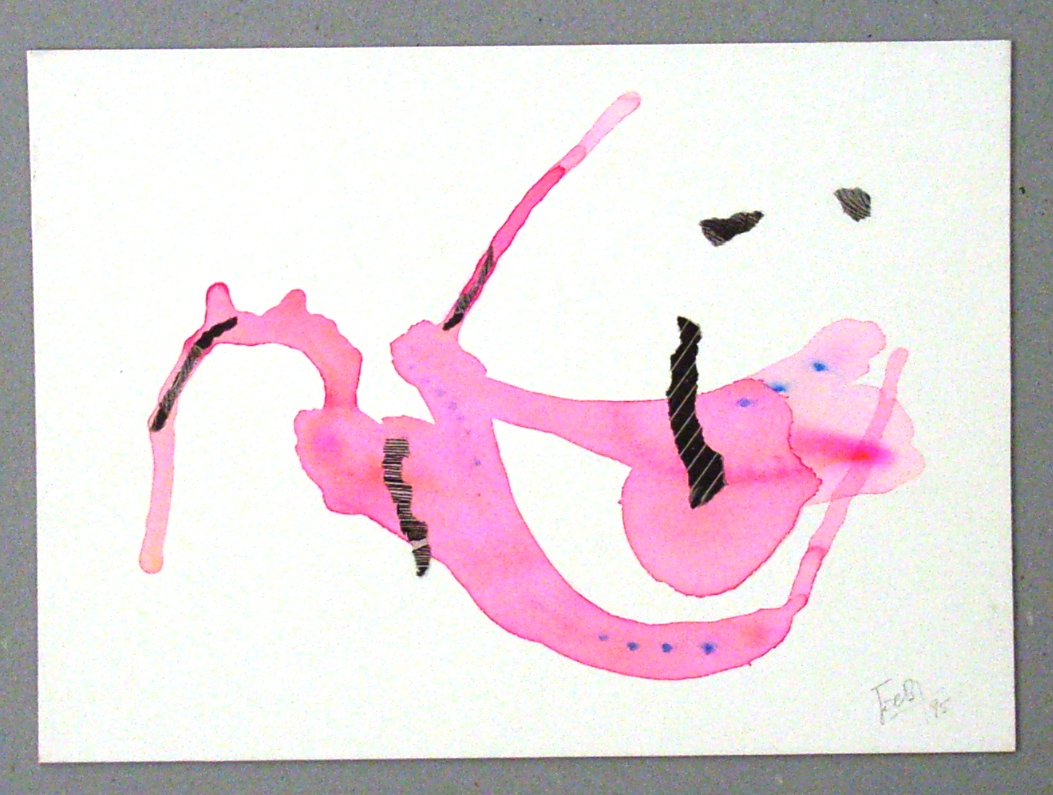
Shenzhen, Guangdong, China
Residenziale - Altro
Egregio cliente,
La sedia che vi propongo, ha l'obiettivo primario di essere versatile componibile.
La sedia è composta dai seguenti elementi:
A. Due elementi verticali che fungono da piedi e braccioli, realizzati in legno massello, 2.5 cm di spessore per 5 cm di altezza con angoli smussati, tornito a pezzi (bracciolo, gambe e traverso basso) e uniti tra loro con spine e colla. Non c'è limite a tipo di essenza né colore, sia esso impregnante o laccatura.
B. Un elemento orizzontale la seduta, stesse caratteristiche del punto A., con la differenza di avere una profondità di cm 10. Ad incastro, nel foro che viene creato, verrà inserito un cuscino imbottito il cui rivestimento può essere sia in stoffa sia in pelle.
C. Un elemento inclinato, schienale, con telaio e traverso delle stesse caratteristiche del punto A., più due traversini verticali quadri di 2,5 cm. All'interno di questi due traversini verticali, sono inseriti due cuscini con le medesime caratteristiche di quello per la seduta.
D. Tre tiranti in acciaio, con borchia fissa ad una estremità, filettata all'altra estremità e relativo dado borchiato. Detti tiranti due saranno passanti all'interno della seduta e uno del traverso inferiore dello schienale.
Questo sistema permette di assemblare la sedia, combinando i tre elementi in legno utilizzando diverse essenze con diverse finiture e colori, e, i tre elementi imbottiti, con diversi tipi di tessuto o pelle.
Si può realizzare la medesima sedia in compensato fenolico, anche qui con diverse essenze e verniciature o impiallacciatura, il che comporta un notevole risparmio economico e un'infinita versatilità di composizione.
Distinti saluti.
Dear Customer,
the chair that I am presenting You has the primary goal of being versatile and modular.
My chair is made out of the following items:
A. Two vertical elements that act as feet and armrests. They are made of solid wood, 2.5 cm thick, 5 cm high with beveled corners. They are torn in pieces (armrest, legs and low part) and joined together with small wooden cylinders and glue. There are no limits on the type of wood or color that can be used, whether it is impregnating or lacquering.
B. A horizontal element, the sitting part, that has the same characteristics as described in point A, but with the difference of being cm. 10 deep. An embossed cushion is inserted in the hole that is created. The lining of the cushion can be both fabric or leather.
C. An inclined element, the back of the chair, with the frame and the cross-section that have the same features as point A, plus two vertical slats of 2.5 cm. Inside these two blind crossbars, there are two pillows with the same characteristics of the one used for the sitting.
1. Three connecting steel rods with fixed stud at one end, threaded to the other end and its studded nut. These two rods will pass through the seat and one trough the lower back of the backrest.
This system allows to assemble the chair, combining the three wooden elements using different essences with different finishes and colors and the three padded elements using different types of fabric or leather.
It is also possible to make the same chair using phenolic plywood. This option allows to use different types of wood and varnishes as well and it would permit remarkable economic savings and endless mixing possibilities.
Best regards.